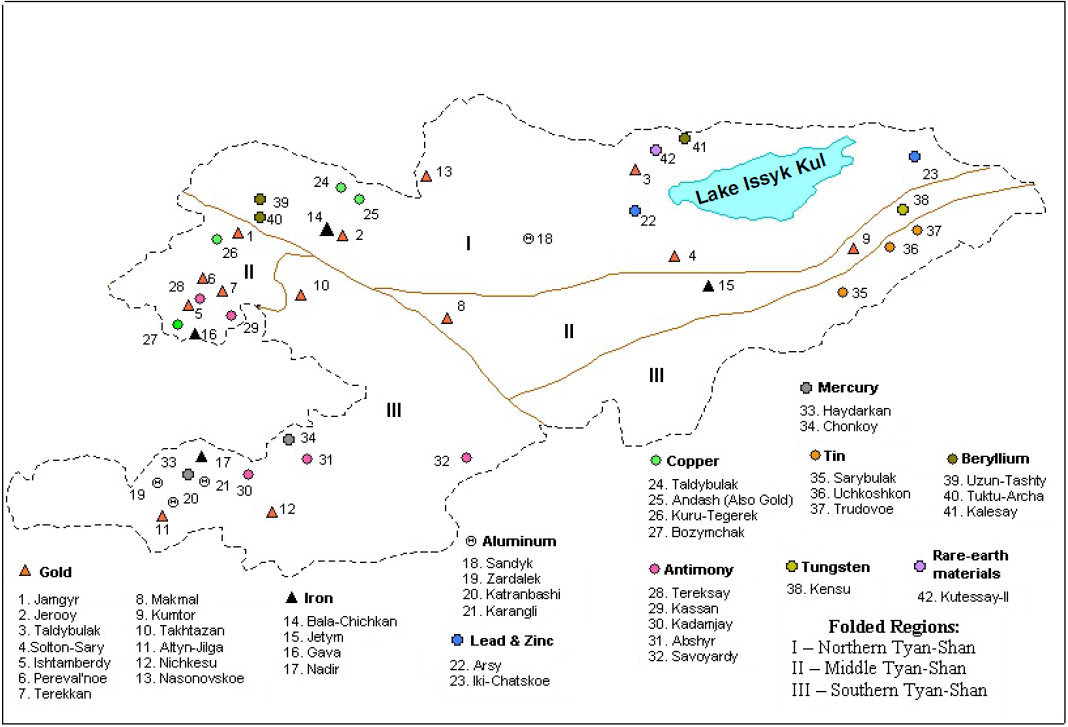Overview
Mining is a leading sector for U.S. export and investment in the Kyrgyz Republic, but it remains a politically sensitive area with significant government presence; all foreign investors must be fully aware of the risks involved in doing business in this sector. In 2022, the country exported 0.3 tons of gold worth $13 million, while in 2021, gold export was 24.8 tons and $1.4 billion, respectively, following the government takeover of the Kumtor gold mine. In May 2022, the London Bullion Market Association (LBMA) restored Kyrgyzaltyn OJSC (100 percent state owned) to the Good Delivery list; however, all gold produced by the nationalized Kumtor is still sold exclusively to the National Bank of the Kyrgyz Republic. In 2022, Kumtor sold 17 tons of gold in the amount of $986.5 million, primarily to the National Bank of the Kyrgyz Republic. Despite the risks, supplying equipment and services to the mining industry provides opportunities for U.S. exporters (see opportunities below). Additionally, critical mineral resources for clean energy technologies may have geological potential in the Kyrgyz Republic.
The State Committee on Industry, Energy and Subsoil Use, which as a result of the government restructuring in February 2021 was moved to the Ministry of Energy and Industry, maintains a website to update prospective investors about sites and bids.
Opportunities
Foreign firms are commonly employed to conduct feasibility studies as well as explore potential reserves. American companies are perceived to provide the highest quality technical assistance. U.S.-manufactured machinery, particularly excavating, loading, and transportation equipment, has been utilized in the past at the Kumtor gold mine. Such equipment could be also used at other mines, following further investment and construction. Mining executives from the Kyrgyz Republic regularly travel to the United States in order to pursue purchasing contracts and partnerships with U.S. mining equipment manufacturers and servicing companies. In addition to gold, other existing and new mineral deposits, including those needed for clean energy technologies could be developed with additional investment. These include silver, tin, copper, tungsten, zinc, aluminum, iron, lead, manganese, molybdenum, chromium, cobalt, and nickel.
